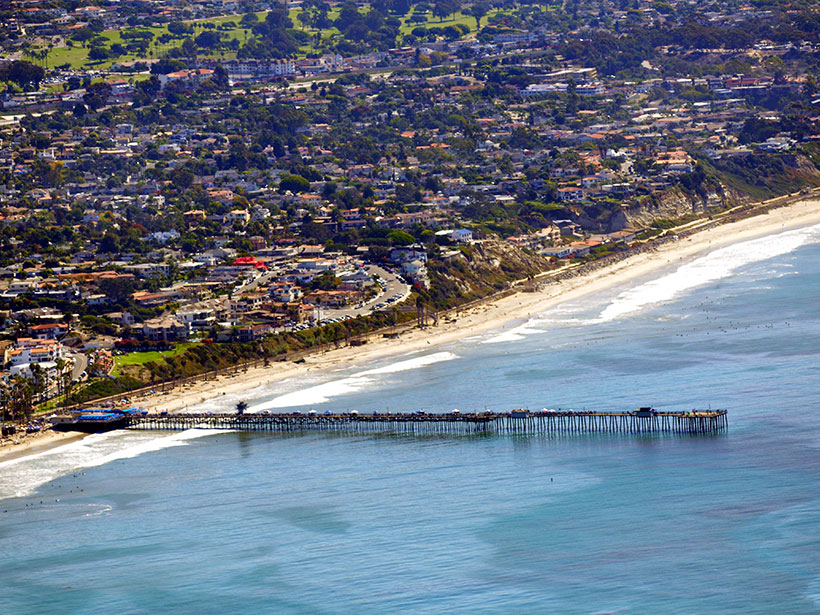Source: Journal of Geophysical Research: Oceans
Since the early 1990s, sea level has appeared to be falling in the eastern Pacific Ocean and rising faster than the global average in the western Pacific. Previous studies linked these changes to winds associated with a long-term pattern of climate variability called the Pacific Decadal Oscillation, which has recently been in a “warm” phase distinguished by warmer temperatures in the eastern Pacific and cooler temperatures in the western Pacific.
Now, however, Hamlington et al. report the first evidence to suggest this oscillation began to reverse itself in 2011 and, in the process, triggered a dramatic shift in sea level on both sides of the Pacific Ocean, causing it to decline in the western tropical regions and rise in the east. If confirmed, this finding could have profound implications for coastal communities—including the West Coast of the United States, where, for the last 20 years, sea level has barely risen while the global average increased 3.3 millimeters per year.
The team first identified the shift of the previous 5 years by using satellite altimeter data to compute regional sea levels from 1993, the start of the satellite record, through both 2011 and 2015 and then comparing the outcome. Next, to determine the source of the change, the researchers applied a new statistical analysis to extract the two leading modes of Pacific sea level variability—one biennial and the other decadal—from these data. The analysis provides compelling evidence that the observed shift in sea level is largely due to a change in the climate signal linked to the Pacific Decadal Oscillation.
Because this oscillation has a decadal-to-multidecadal signal, the results suggest that the dramatic changes observed over the past 5 years are likely to continue well into the future. On both sides of the Pacific, coastal communities will face the economic and societal implications of changing sea levels, including increased flood and storm surge risk and loss of wildlife habitats. In addition, communities on the West Coast could see substantially higher sea levels. Sea levels there have risen roughly 1 centimeter per year, but decadal variability could increase that by an additional 5 to 10 millimeters per year in the coming decade. (Journal of Geophysical Research: Oceans, doi:10.1002/2016JC011815, 2016)
—Terri Cook, Freelance Writer
Citation:
Cook, T. (2016), Shift in Pacific sea level trends will affect the West Coast, Eos, 97, https://doi.org/10.1029/2016EO054345. Published on 24 June 2016.
Text © 2016. The authors. CC BY-NC-ND 3.0
Except where otherwise noted, images are subject to copyright. Any reuse without express permission from the copyright owner is prohibited.

